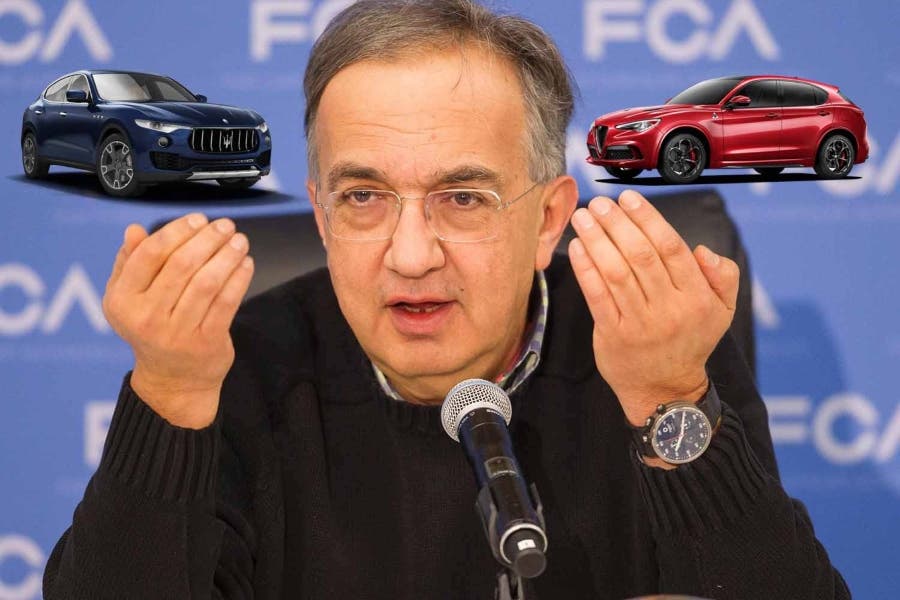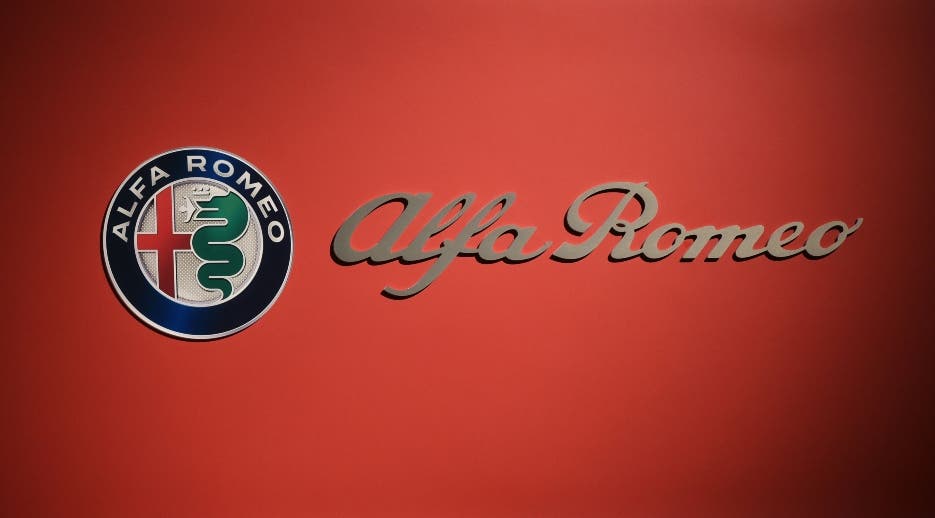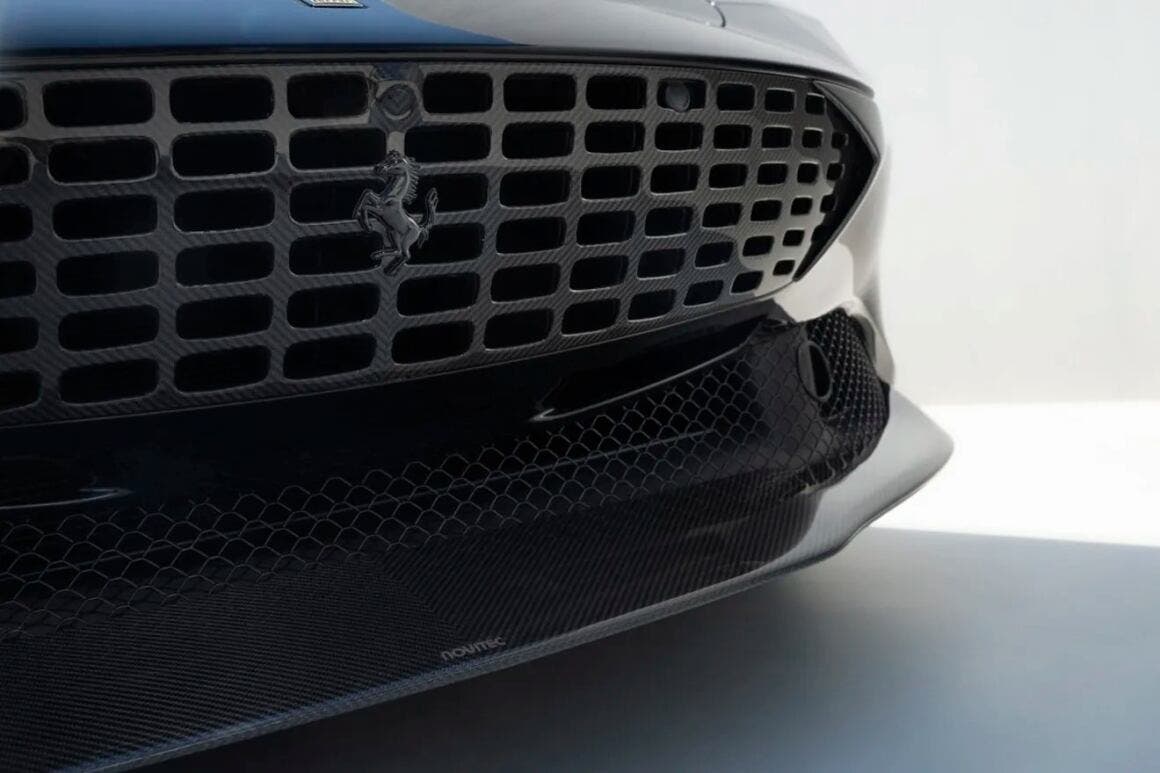Uniting three of the most iconic brands on the Italian automotive scene into a single luxury hub: a vision that, since it was launched by Sergio Marchionne in 2014, has never ceased to fascinate and intrigue fans. It is an ambitious project that promises to revolutionize the industry, but also poses numerous challenges. Ten years later, we are ready to take stock and see if this vision is destined to become reality.
Ferrari, Maserati, Alfa Romeo: Sergio Marchionne’s legacy idea
The idea of an all-luxury hub, which would feature Ferrari, Maserati and Alfa Romeo enclosed in a single car, seems to have come back to steal the attention of industry enthusiasts, as well as insiders themselves. This is a plan which has been talked about for several years, since the days of Sergio Marchionne, and now it may be a possibility seems closer to reality.
During the year 2014, Marchionne had proposed to overcome all limits by trying to create a luxury hub within FCA, uniting prestigious brands such as those of Ferrari, Maserati, and Alfa Romeo. A vision that aimed to exploit the common characteristics among these three brands that everyone knows, each of them with a unique history and profile.

Lately, particularly in recent months, it has been Maserati in particular that has been the protagonist of some rumors. Sales below the company’s expectations have fueled the possibility of a divestment or a different positioning within the Stellantis group. Although the sale has been completely denied by the group, the brand’s uncertainties for the future are still quite uncertain.
Ferrari, the engine of the Italian luxury hub
Here, the Ferrari brand could be instrumental in reviving the Maserati brand due to its worldwide reputation and great strength in the financial sector. At a later stage, a pull would then occur for Alfa Romeo as well.
Regarding Alfa Romeo, on the other hand, we know very well that it is going through a period of profound renewal. The market launch of the new Stelvio and Giulia is scheduled for the next few years, and a major success is expected from these models, which will be quite crucial for the brand’s future. For this reason, too, the possible launch of a luxury hub could greatly help the revitalization process by providing Alfa Romeo with new and important resources.

While the future of Maserati and Alfa Romeo is yet to be known, Lancia, on the other hand, seems to have been earmarked for a new role within Stellantis. The main goal of the brand is to position itself in the premium segment, in this way it could even inherit part of Alfa Romeo’s heritage, putting more focus on niche models with strong emotional appeal.
Speaking of real benefits, we can say that the creation of a luxury hub would positively affect industrial synergies, as platforms, components and technologies would be shared to be able to significantly reduce costs and accelerate the development of new models. There would also be improvements for economy of scale, with greater bargaining power vis-à-vis suppliers and access to new markets. In addition, there would also be a ‘unification of brand image and strengthening of the perception of quality and prestige.
Despite the potential benefits that this creation could bring, the production of a luxury hub is by no means without issues to manage. It will certainly be very important to be able to strike the right balance between the different brands that would go into collaboration, finding the right use of the characteristics and needs of each of them. Simultaneously, the strong competitors from Germany and Japan will also have to be taken into account.
